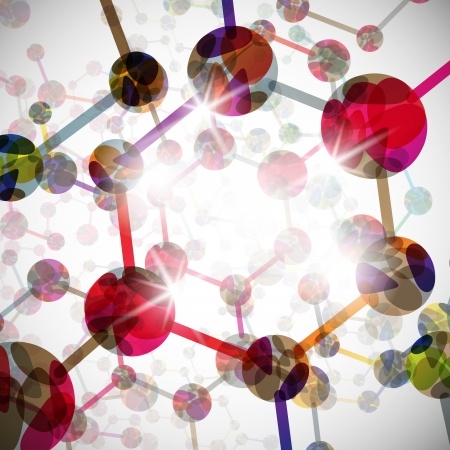Spider lunches, fructose and fat, heavy gases, cosmic rays and saving precious objects – what else could your students ask for to getting them even more excited and interested in science. This eclectic collection of current science news stories is brought to you by STAOBlog.
SciNews is published every Monday and Thursday. Stay tuned for more.
 Biology
Biology
What’s for dinner? Mom. Science News for Students
The moms of one spider species give new meaning to the idea of “self-serving.” They feed themselves to their children. The little cannibals get their start in life in a snug nest added to webs spun by their mom. The webs are a bit like ping-pong nets, explains Mor Salomon. She works at the Israel Cohen Institute for Biological Control in Yehud-Monosson, Israel. Salomon finds the webs of these spiders (Stegodyphus lineatus) in shrubs along dry riverbeds in the Negev Desert in southern Israel. At one end of the web, a female spider spins a small cave. Inside it, she creates what looks like a tiny silk hockey puck holding 70 to 80 yellowish eggs. Read More…
Master orchestrator of the genome is discovered, stem cell scientists report. Science Daily
New research shows how a single growth factor receptor protein programs the entire genome. The study provides evidence that it all begins with a single “master” growth factor receptor that regulates the entire genome. Read More…
Chemistry

Fructose Amplifies Cravings for High-Fat Foods. Discover
Fructose and glucose are both sugars, they’re both prevalent in our diets and they both contain the same amount of calories. But one sugar makes you crave junk food more than the other. When compared to glucose, consuming fructose — ubiquitous in soft drinks and juices — enhances the brain’s sensitivity to images of fatty foods, increases cravings, and even makes people more willing to give up long-term monetary rewards in favor of a high calorie snack’s instant gratification. Read More…
10 Xenon Facts. About Chemistry
Although it is a rare element, xenon is one of the noble gases you may encounter in daily life. Here are more than 10 interesting and fun facts about this element:
- Xenon is a colorless, odorless, and heavy noble gas. It is element 54 with the symbol Xe and atomic weight 131.293. A liter of xenon gas weighs over 5.8 grams. It is 4.5 times more dense than air. Read More…
Physics
Cosmic rays offer clues about lightning. Science News for Students
Particles from space are helping unlock a mystery on Earth: What causes lightning? The particles are called cosmic rays. But they aren’t truly rays. Instead, they are very high-energy particles. The explosion of stars creates many of these particles, which are mainly protons.
Traveling at nearly the speed of light, cosmic rays rain down on Earth from all directions. Occasionally they strike atoms in Earth’s atmosphere. This creates a shower of new particles, which are mostly electrons. A specialized observatory based in the Netherlands tracks these showers. Called the Low Frequency Array (LOFAR), this observatory is made up of thousands of small antennas. Read More…
Earth and Space Science
Cool Jobs: Saving precious objects. Science News for Students
Astronaut Neil Armstrong will always be famous as the first human to walk on the moon. But Armstrong said his mission succeeded because of thousands of people on the ground. Mechanics, inspectors and others who worked on the Apollo 11 flight all had the same attitude, he said: “If anything goes wrong here, it’s not going to be my fault, because my part is going to be better than I have to make it.” Read More…
Warming’s role in extreme weather. Science News for Students
Devastatingly hot weather. Torrential downpours. Scientists have long suspected that global warming can cause extreme weather events. Now experts have numbers to support that idea. Climate change is to blame for about 3 out of every 4 major spikes in daily temperature. The same goes for nearly 1 in 5 exceptionally heavy rainfalls and other bouts of extreme precipitation. That’s the finding of a new study. Researchers offered details of how they came to these conclusions April 27 in Nature Climate Change. Read More…



